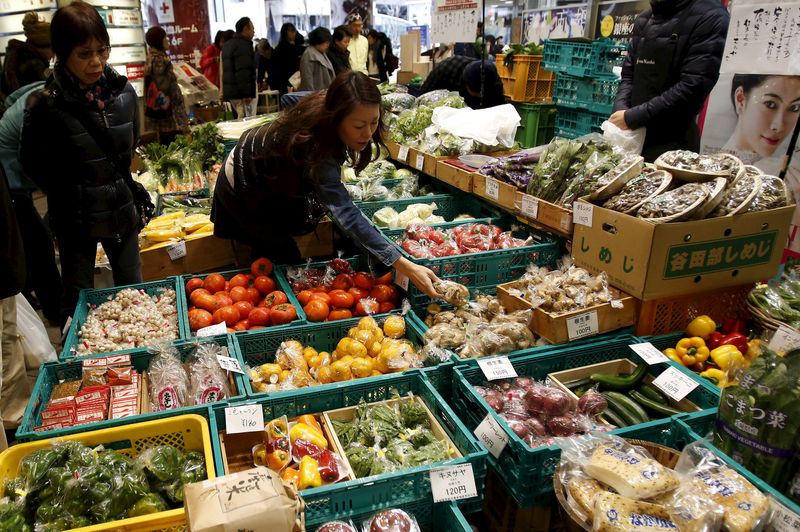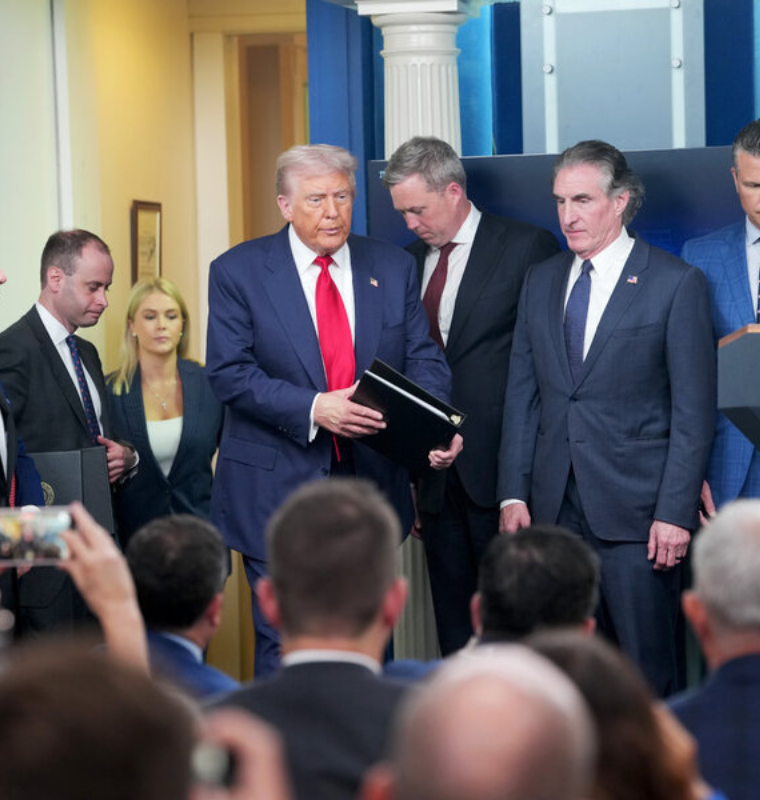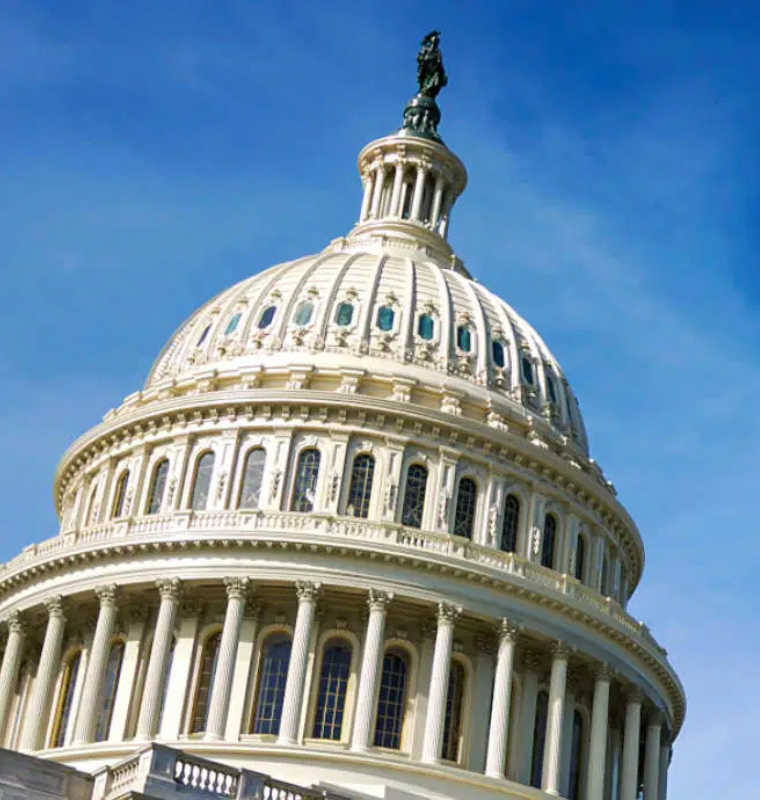Japan’s Inflation Breaches Target for 3+ Years—Why the BOJ Still Holds the Line
Japan’s Inflation Breaches Target for 3+ Years—Why the BOJ Still Holds the Line
By
Calder Monroe
Last updated:
June 25, 2025
First Published:
August 6, 2025

Photo: Welcome Qatar
Japan’s Inflation Has Stayed Hot—But the Bank of Japan Isn’t Budging
While central banks across the globe have tightened aggressively since the COVID-19 pandemic to curb surging inflation, the Bank of Japan (BOJ) remains the lone major outlier. More than three years of inflation exceeding its 2% target hasn’t yet prompted Japan’s central bank to fully step into the rate-hiking game.
Since April 2022, both headline and core inflation in Japan have been persistently above target, with headline inflation peaking at 4% in January 2024, its highest in two years. Meanwhile, core-core inflation (which strips out both fresh food and energy) has stayed above 2% since October 2022. Yet, the BOJ has only increased rates once—by 60 basis points in March 2024, ending its negative interest rate policy. The benchmark rate now sits at 0.5%, where it was held again during the June 2025 policy meeting.
So why is the BOJ so reluctant to tighten policy when its global peers have hiked rates repeatedly since early 2022?
A Different Kind of Inflation: Japan’s Rice-Driven Price Surge
Unlike the demand-fueled inflation seen in the U.S. or Europe, Japan is experiencing cost-push inflation, mainly driven by soaring food prices, especially rice.
In 2023 and 2024, poor rice harvests led to significant supply shortages. By May 2025, rice prices had more than doubled year-on-year, surging by 101.7%—the sharpest increase in over 50 years. According to Marcella Chow, Global Market Strategist at JPMorgan Asset Management, rice alone accounts for nearly half of Japan’s core inflation, making it a pivotal factor in BOJ’s policy stance.
However, the BOJ views this spike as temporary. BOJ Governor Kazuo Ueda noted during the June press conference that much of the 3% consumer inflation rate is due to “rising import costs and rice prices,” which are expected to ease in the coming months.
Even Chow agrees: “The bank believes that underlying inflation—which it prioritizes—is still below 2%, which justifies its patience.”
Experts Say: Don't Expect Rate Hikes Yet
Other economists echo this sentiment. Yujiro Goto, head of FX strategy at Nomura, says the inflation surge stems from supply-side issues, not increased demand. “Cost-push inflation does not warrant aggressive rate hikes,” he emphasized. Kei Okamura, a portfolio manager at Neuberger Berman, added on CNBC’s Squawk Box Asia that food-related price pressures are expected to fade soon.
Economic Growth vs Inflation Control: BOJ’s Balancing Act
Another key reason for the BOJ’s hesitation is concern over Japan’s economic recovery. High interest rates can curb inflation but often suppress economic activity—something Japan can’t afford right now.
Recent economic indicators reinforce these concerns:
- Japan’s GDP shrank 0.2% quarter-on-quarter in Q1 2025—its first contraction in a year.
- Exports dropped 1.7% year-over-year in May 2025, the steepest fall since September 2024.
- Trade tensions with the U.S. are worsening. Negotiations remain unresolved, with threats of a 25% reciprocal tariff on Japanese imports looming.
Nomura’s Goto forecasts mild negative growth in Q3 2025 due to global uncertainties and rising tariffs. “The BOJ is likely to wait at least until September before considering any rate change,” he told CNBC.
The Yen’s Role: A Double-Edged Sword
Adding to the complexity is the yen’s weakness, which while boosting exports, also inflates import costs and worsens inflation.
- The yen depreciated from 120 to 150 per USD since April 2022.
- On July 3, 2024, the yen fell to 161.99/USD, its weakest level in 38 years.
Tightening policy would strengthen the yen—but at the risk of hurting exporters during an already fragile growth phase.
Learning from the Past: Avoiding Premature Tightening
BOJ’s cautious approach is rooted in its history of decades-long deflation and repeated false economic recoveries. According to Frederic Neumann, Chief Asia Economist at HSBC, the BOJ wants to avoid a premature policy shift.
“There’s only tentative evidence of a sustained wage-price cycle,” Neumann said. “A period of mild inflation overshoot might be necessary to shake deflationary expectations among consumers and businesses.”
BOJ board member Naoki Tamura did caution that the bank may need to act “decisively” if upside inflation risks persist—but as of now, that scenario hasn’t materialized.
Slow, Steady, and Watching Closely
The Bank of Japan is walking a tightrope—it must allow inflation to settle naturally without shocking a vulnerable economy. While the rest of the world battles demand-driven inflation with aggressive hikes, Japan faces a uniquely supply-driven, fragile inflation environment.
The next few months will be critical. If rice prices normalize and economic growth rebounds, the BOJ may finally consider tightening further. But for now, patience, caution, and economic stability remain top priorities for Japan’s central bank.
Popular articles
Subscribe to unlock premium content
Disney’s Timeless Magic and How the Entertainment Giant Continues to Shape Culture and Innovation

Imran Khan’s Economic Missteps Amid Political Chaos in Pakistan

The Philippines’ Digital Shift How Remittances and BPO Are Fueling Growth

Disney’s Timeless Magic and How the Entertainment Giant Continues to Shape Culture and Innovation

Imran Khan’s Economic Missteps Amid Political Chaos in Pakistan

Disney’s Timeless Magic and How the Entertainment Giant Continues to Shape Culture and Innovation









